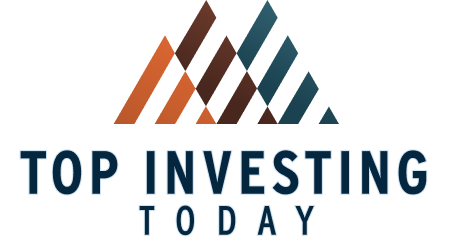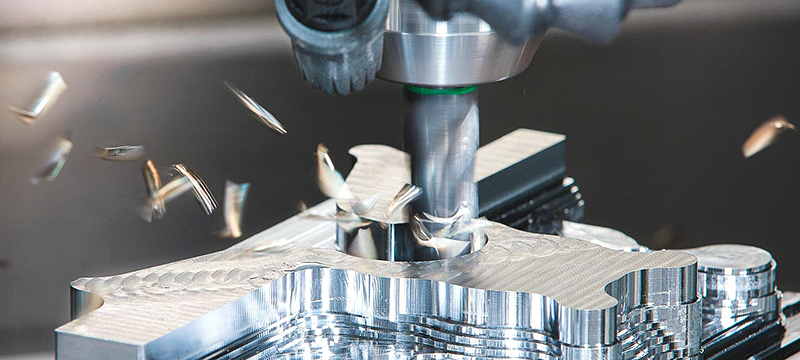

Key takeaways:
- Nokia, Warner Music, Oxford University, Tesla, and Pfizer run on Drupal
- Its vast community and open-source nature ensure top-notch code security
- Drupal remains current on best practices, emerging technologies, and IoT integration
- Drupal add-ons always meet code requirements, supporting seamless interaction with IoT systems
- Views, Webform, and Token are reliable business modules with potential IoT applications
Many well-known organizations, including Nokia, Warner Music, Oxford University, Tesla, and Pfizer, host their websites on Drupal. These corporations and establishments rely on the open-source CMS for its scalability, secure infrastructure, and application integration. In the IoT space, where devices must constantly communicate and share data across networks, Drupal’s ability to integrate multiple systems securely is vital.
Drupal’s Code is Examined from Every Angle
Drupal’s vast community and open-source nature ensure top-notch code security. This feature becomes increasingly relevant as IoT expands and more devices become connected, raising potential security risks. With IoT, massive amounts of data are transmitted between devices, making security paramount. Drupal’s dedicated team quickly eliminates vulnerabilities, ensuring that IoT ecosystems built on Drupal remain secure and functional. Real-time updates and security patches minimize exposure to threats, which is essential in preventing breaches in IoT frameworks.
As more than 70% of all breaches involved malware so far in 2024, and 32% of malware is distributed via the web, IoT networks relying on Drupal’s infrastructure benefit from robust security standards. In 2023, the average cost of a data breach reached $4.45 million, making Drupal’s focus on code security a key feature in protecting not only websites but also IoT devices.
Open-Source Architecture Encourages New Contributions, Including IoT Innovations
Drupal’s open-source infrastructure invites developers to contribute new themes, modules, and features that help the system keep pace with both best practices and emerging IoT technologies. As IoT becomes a dominant force across industries, developers are increasingly building new modules and tools to manage device-to-device communication, sensor data collection, and real-time analytics, all of which can be integrated with Drupal.
The collaborative development environment means IoT-specific contributions, such as modules for sensor data aggregation or device management, can be swiftly adopted. Since 97% of all developers use open-source software, Drupal is positioned as a powerful CMS platform to manage both traditional web environments and IoT ecosystems.
Working with Drupal requires skill, but adding a Drupal site to a web hosting account shouldn’t. Look for easy installation when choosing a Drupal hosting provider.
Drupal Enforces Quality Code for IoT Reliability
In IoT environments, efficient data handling is critical. Drupal’s adherence to best code practices ensures that its infrastructure can handle the vast amounts of data and real-time communication that IoT devices require. Fast load times are crucial, particularly in IoT applications where time-sensitive data from devices like sensors or smart meters must be processed without delays.
As page loading time increases from one to three seconds, the probability of a bounce increases by 32%, and this effect is even more pronounced in IoT applications where latency can disrupt functionality. Drupal’s automated updates further ensure that IoT systems relying on the platform will remain secure and optimized, minimizing the risk of user error.
Drupal Modules for Business Sites and IoT Applications
These are the most popular Drupal modules for businesses. Views lets site administrators create customizable and dynamic lists, tables, grids, and other content displays. Businesses can create and manage complicated data presentations, such as user directories, event calendars, and product listings.
The modules that make Drupal appealing for business websites—such as Views, Webform, and Token—are equally valuable in IoT-related applications:
- Views allows businesses to create dynamic lists, tables, grids, and content displays. In an IoT scenario, Views could be used to present data from various connected devices, such as visualizing sensor data in real time or generating reports from device logs.
- Webform can be used to collect data from IoT devices or user inputs related to IoT systems. For instance, Webform could be integrated with connected home devices to gather feedback or manage device registration.
- Token simplifies the management of dynamic data, which is critical in IoT environments where variables such as device IDs, user inputs, or location data must be processed and displayed accurately.
Developers and Enterprises Will Continue to Choose Drupal for IoT Integration in 2024 and Beyond
Users have access to the reliable Drupal core through the Drupal Enterprise CMS platform. As IoT continues to grow, Drupal is a powerful platform for managing both traditional content and the complex data streams generated by connected devices. Large international organizations, especially those managing diverse IoT networks across multiple regions, will find Drupal’s scalability and security essential for supporting their systems. With its reliable core, flexible modules, and integration capabilities, Drupal is positioned to support the evolving demands of IoT, making it a top choice for businesses and developers alike.
The post Reasons Why Developers and Large Organizations Continue Choosing Drupal in 2024: The Case for Open-Source CMS appeared first on IoT Business News.









